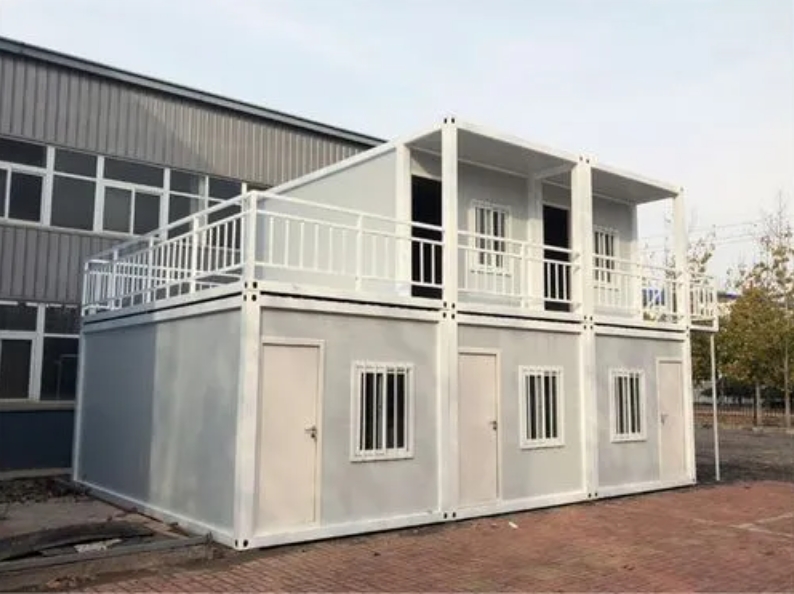Reasons for the Common Use of Living Containers on Construction Sites
On construction sites, living containers have become a common temporary accommodation facility. The reasons behind this choice are multifaceted, including economic factors and practical considerations.
Firstly, living containers are more cost-effective compared to traditional temporary accommodations on construction sites. They can be quickly assembled without requiring a large amount of manpower and resources, greatly saving costs. Moreover, the materials of containers are relatively sturdy and durable, capable of withstanding the harsh environment of construction sites, reducing maintenance and repair costs.
Secondly, living containers have excellent mobility and flexibility. Temporary accommodation facilities are often needed on construction sites, and containers meet this demand perfectly. They can be moved to the desired location at any time, regardless of geographical constraints, providing convenience for site management and construction personnel.
Furthermore, the structural design of living containers is also highly reasonable. They usually adopt modular design, allowing for assembly and disassembly according to actual needs, with high flexibility. Additionally, the interior space of containers can be effectively planned to meet the accommodation needs of different trades and numbers of people, improving the living comfort of site personnel.
In conclusion, the common use of living containers on construction sites is due to their cost-effectiveness, excellent mobility and flexibility, and reasonable structural design. In the future, with the development of the construction industry and technological advancements, the application prospects of living containers on construction sites will be even broader.
